To understand the impacts of golf courses on wildlife, researchers are exploring how these novel habitats are affecting fundamental animal behaviors.


To understand the impacts of golf courses on wildlife, researchers are exploring how these novel habitats are affecting fundamental animal behaviors.
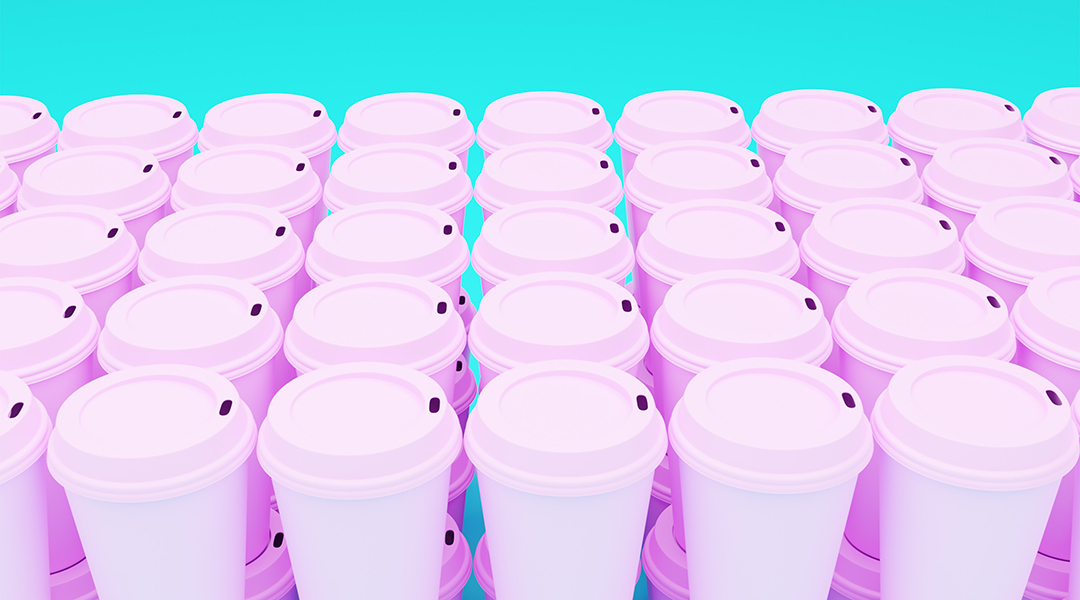
Using mouse embryos, scientists explore the impact of high exposure to a common plasticizer on male fertility, but caution: the dose makes the poison.

Manipulating light on the nanoscale allows scientists to create specific structural colors that do away with the need for potentially harmful dyes.
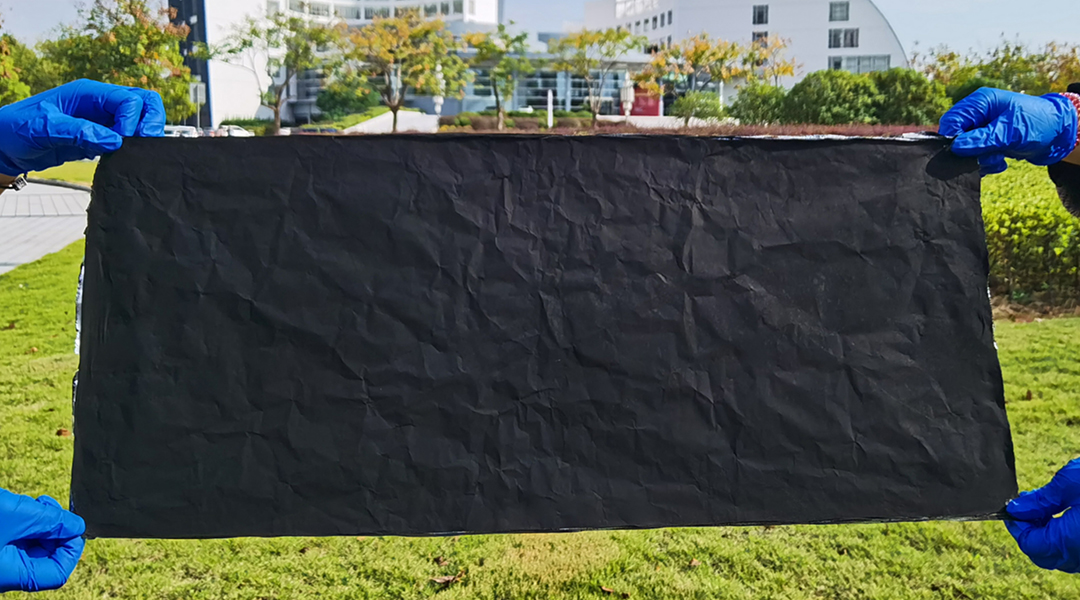
Researchers create a multi-layered electronic skin that mimics human skin with applications ranging from robotics to telehealth.
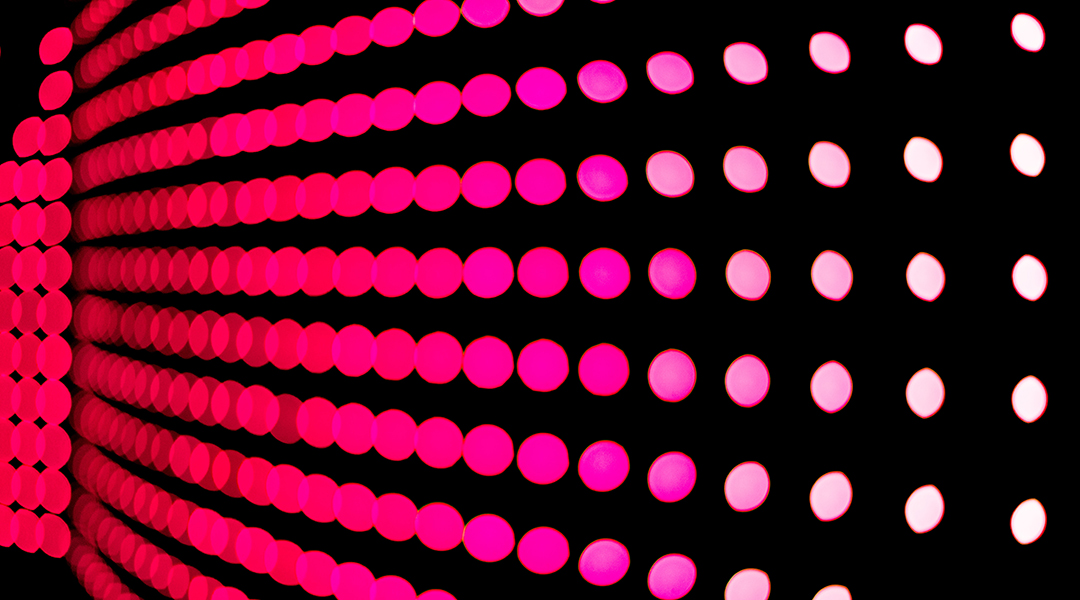
AI is changing the labor-intensive process of manual cell counting, offering improved accuracy, efficiency, and a door into new scientific applications.
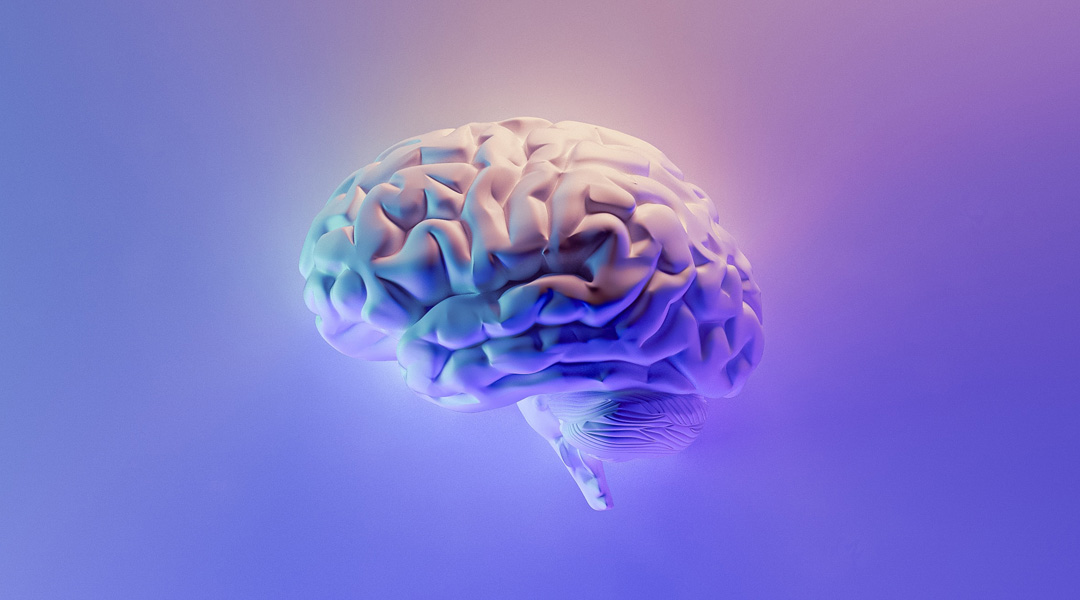
When building a functional model of the brain, it’s crucial to think about more than just neurons.

An acid sensitive hydrogel makes it possible to detect dangerous leaks before they cause damage.

Study finds air pollution, specifically ozone exposure, has a disruptive affect on the genes responsible for circadian rhythms in the lungs.

What role could non-biological molecules have played in helping primitive biological and chemical systems evolve into their current, complex forms?
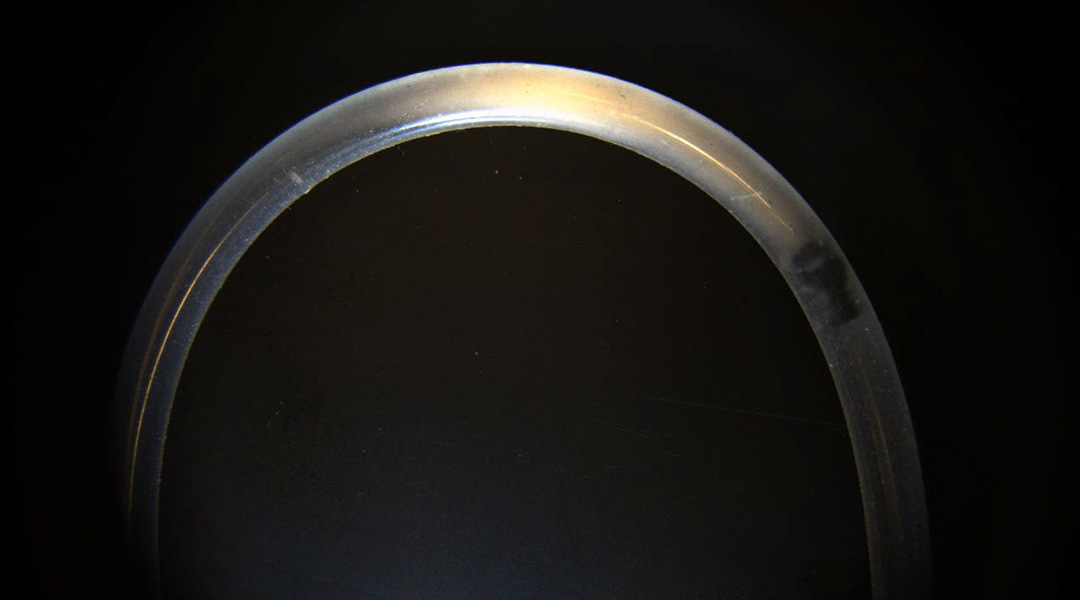
Magnetic hydrogel micromachines break up biofilms and release antibiotics, combating biofilm infections associated with medical devices.